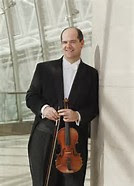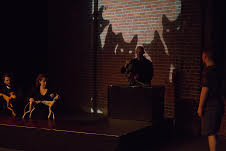'Be a Clown': A peppy Cole Porter song serves to explain (?) recent Republican spin to redefine humor
Inspired by Dahlia Lithwick's column in Slate, titled "Constitutional Crisis in Comedy," I revived "Be a Clown" to comment on the strange attempt to make Republican gaffes and embarrassments acceptable as humor. The text: We'll remember forever When it first occurred to the GOP Bad utterances can turn (if you're clever) Into retrospective comedy. Be a clown, be a clown, And they can't put you down When you keep making gaffes Tell them it was all just for laughs. When the Donald said to Comey: Lay off Flynn — he's my homey, It was just a witticism taking the air Delivered with the president's usual flair — Only lying media could find obstruction there! Be a clown, be a clown, be a clown! And when Trump said the gun-rights folk Might deal with Clinton, that was a joke; And when he teased that Nikki Haley might have to go, They were rolling on the floor, though Nikki was slow To understand the firing threat was just a bon










